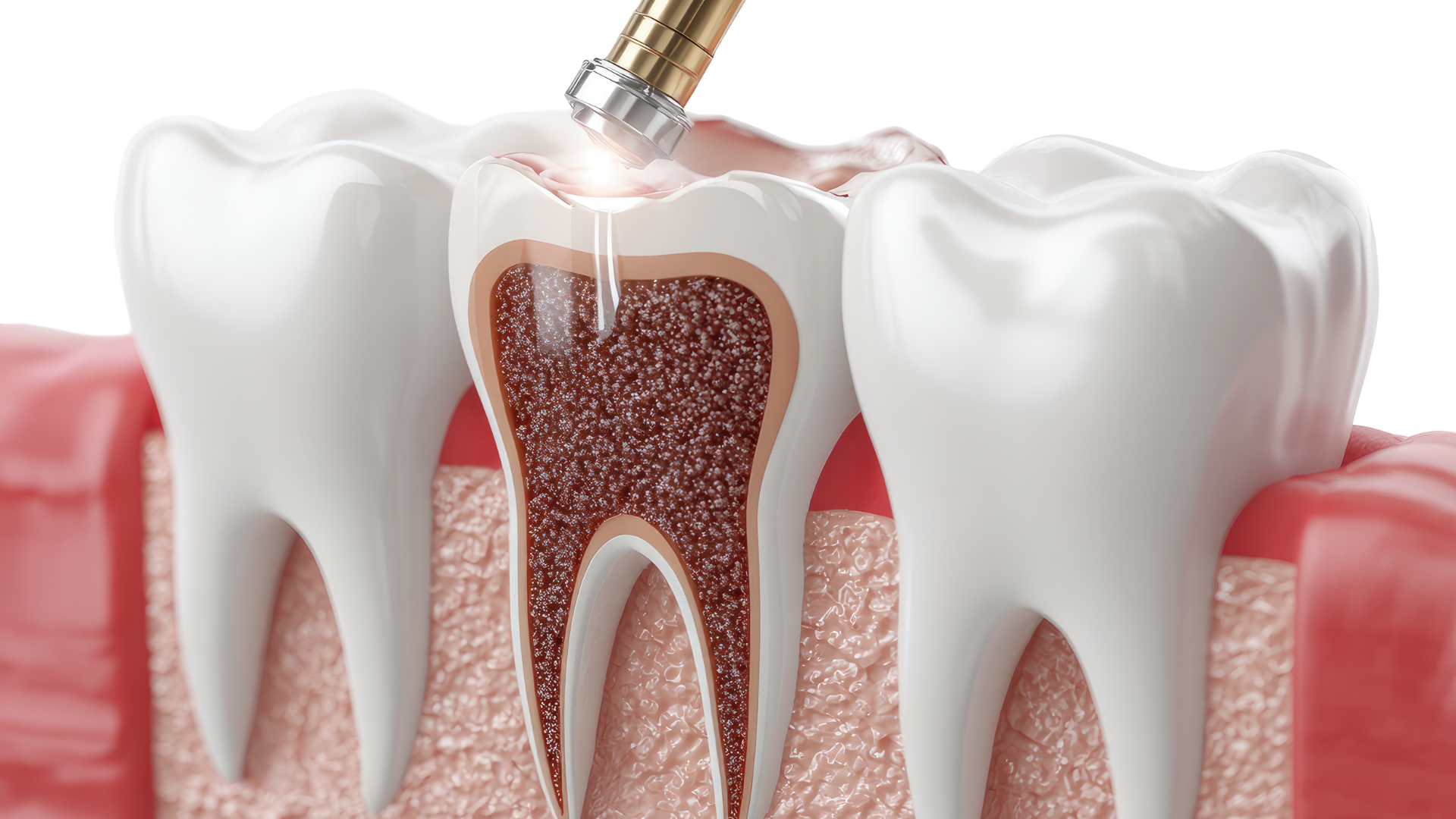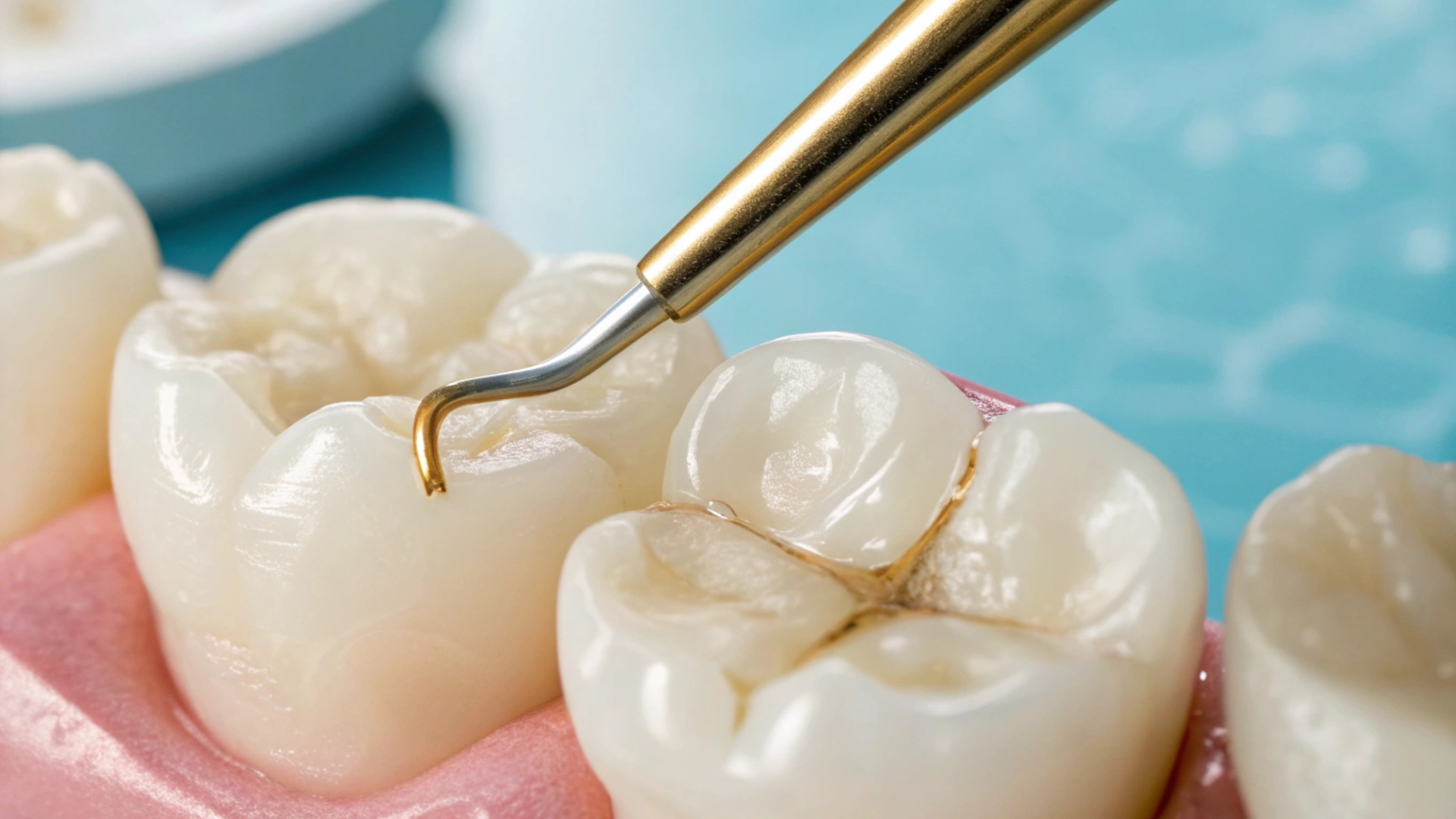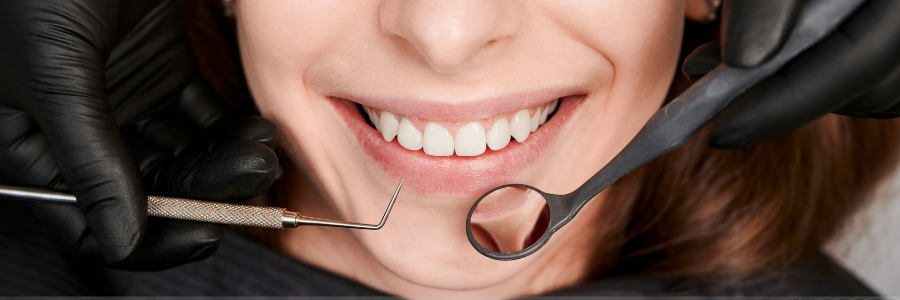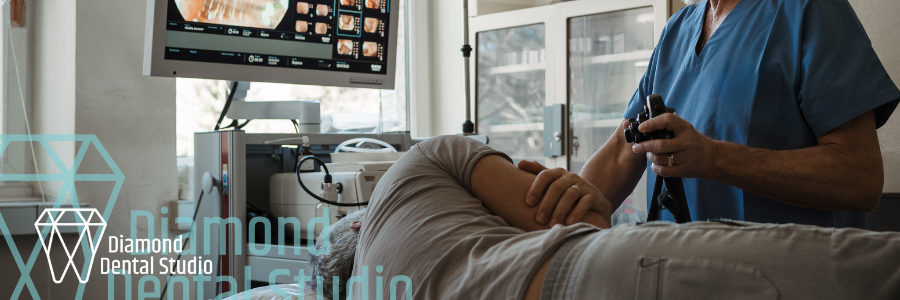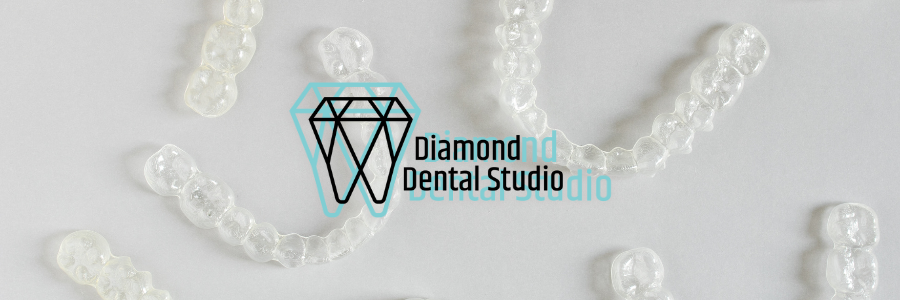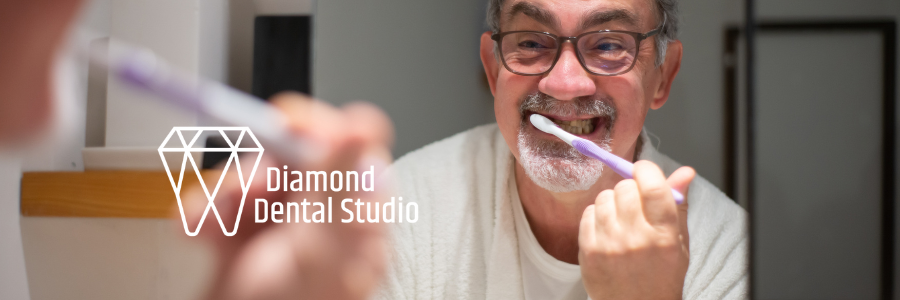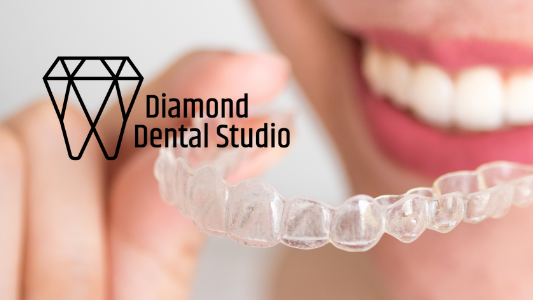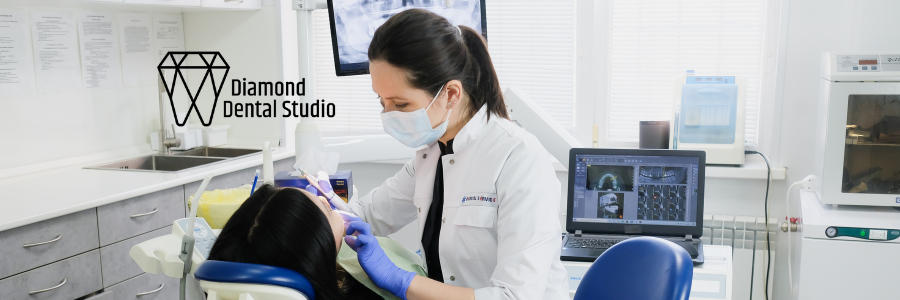When Can I Safely Enjoy Soda After Tooth Extraction?
Understanding the Healing Process After Wisdom Teeth Removal
The Role of Blood Clots in Recovery

After a
tooth extraction , the formation of a blood clot at the site of the surgery is a critical first step in the healing process.
The blood clot serves as a protective barrier , preventing bacteria from entering the wound and allowing new tissue to form. Disruption of this clot can lead to complications such as dry socket, a painful condition that can significantly delay healing.
- Avoid using straws, as the suction can dislodge the clot.
- Refrain from smoking, which can also disturb the clot and hinder healing.
- Keep physical activity to a minimum immediately after surgery to prevent dislodging the clot.
It's essential to follow your oral surgeon's instructions carefully during the first 48 hours post-extraction to ensure the blood clot remains stable and healing proceeds smoothly.
Factors Affecting Individual Healing Times
Recovery after a tooth—or wisdom tooth—extraction can vary widely from one person to another. Several biological and lifestyle factors influence how quickly the body repairs itself. Genetics, age, and the overall complexity of the extraction are among the most significant determinants of healing speed.
Younger patients typically experience a faster and smoother recovery. Their tissues are more resilient, and their immune response is generally stronger, which helps reduce inflammation and accelerate tissue repair. In contrast, older patients may take longer to heal because the natural healing process slows with age.
Lifestyle choices also play an important role. Smoking, for instance, significantly slows healing by restricting blood flow and oxygen delivery to the surgical site. Smokers are also more prone to dry socket, one of the most painful post-extraction complications. Alcohol consumption can have a similar effect, irritating tissues and interfering with the body’s ability to form and maintain a healthy blood clot.
Another major factor is how well a patient follows their post-operative care instructions. Eating soft foods, avoiding straws, and maintaining appropriate oral hygiene practices help protect the extraction site. Patients who ignore these guidelines may experience delayed healing or complications.
To ensure the smoothest recovery possible, follow your oral surgeon’s advice closely, keep your mouth clean as directed, and avoid habits that interfere with clot formation and tissue repair.
Common Factors That Influence Healing Time
- Genetics
- Age
- Complexity of the extraction
- Smoking and alcohol use
- Oral hygiene habits
- Adherence to post-operative instructions
Signs of Proper Healing and Potential Complications
Monitoring your healing process is just as important as following aftercare instructions. Recognizing what is normal—and what isn’t—can help you address issues early and prevent complications.
Healthy Signs of Healing
During the first several days, some swelling, mild discomfort, and limited bleeding are expected. These symptoms should gradually improve. A reduction in pain, decreased swelling, and the development of new gum tissue around the extraction site are all indicators that healing is progressing normally.
Potential Complications to Watch For
While most extractions heal without incident, there are times when complications arise. Persistent or increasing pain after the third or fourth day may signal a problem. Signs of infection—such as fever, pus, foul taste, or a bad odor near the extraction site—should never be ignored.
One of the most concerning complications is dry socket, which occurs when the protective blood clot fails to form or becomes dislodged. Without this clot, the underlying bone and nerves are exposed, causing intense pain and significantly delaying healing.
If any of the following symptoms appear, contact your oral surgeon promptly:
- Persistent or worsening pain
- Swelling that does not improve within a few days
- Fever or other infection symptoms
- Bad taste or unpleasant smell coming from the extraction site
- Visible bone in the socket
Early treatment can prevent a minor issue from developing into something more serious and helps ensure a smooth recovery.
The Impact of Soda on Oral Health Post-Extraction
Why Carbonation and Sugar Can Be Problematic
After a tooth extraction, the mouth is in a delicate state. A blood clot must remain stable in the socket to protect the site and allow proper healing. Certain beverages—especially soda—can interfere with this process.
Carbonated drinks introduce bubbles and pressure that can loosen or dissolve the blood clot, increasing the risk of dry socket. Soda is also packed with sugar, which feeds harmful bacteria. This can lead to infection or inflammation near the healing site.
Additionally, the acidity found in most sodas can irritate sensitive tissues and erode enamel on surrounding teeth, compounding oral health concerns.
To summarize:
- Carbonation can disturb the blood clot.
- Sugar encourages bacterial growth and infection.
- Acid irritates healing tissues and contributes to enamel erosion.
Regular soda consumption can also lead to long-term oral health issues such as cavities and gum disease. For these reasons, it’s best to avoid carbonated and sugary beverages during the initial healing period.
How Soda Affects Blood Clot Stability
The stability of the blood clot is the foundation of proper healing. Soda threatens this stability in several ways:
- The
effervescence of carbonated drinks can break apart or loosen the clot.
- High sugar levels feed bacteria, increasing the likelihood of infection.
- Acidity irritates the soft tissues and can contribute to inflammation.
Because the clot is essential for protecting the exposed bone and nerves, avoiding soda is one of the simplest and most effective ways to safeguard your recovery.
Alternatives to Soda During the Recovery Period
Staying hydrated is a key part of healing, but choosing the right beverages is equally important. Fortunately, there are plenty of refreshing options that won’t interfere with your recovery:
- Herbal teas – Gentle, soothing, and easy on the extraction site.
- Infused water – Add fruits, mint, or cucumber for natural flavor without irritation.
- Mineral water – Provides hydration without sugar or acidity.
- Seltzer (non-acidic) – A lightly carbonated option for those who miss the fizz, as long as it’s free of sugars and acids.
While cravings for soda may be strong—especially if you’re used to caffeine or carbonation—switching to gentler alternatives can help prevent complications and promote a healthier healing environment. Gradually transitioning away from soda may also reduce caffeine withdrawal symptoms while improving hydration and overall oral health.
Can you drink soda after wisdom teeth removal?
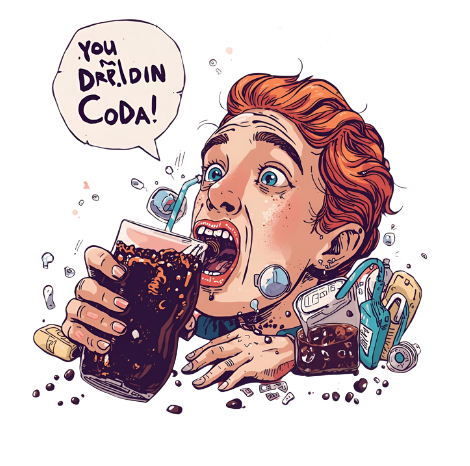
Guidelines for Reintroducing Iced and Chilled Beverages
The 48-Hour Rule Explained
After a tooth extraction, particularly wisdom teeth, it's crucial to give your body time to heal before indulging in certain foods and beverages. The 48-hour rule is a guideline suggesting that patients should avoid drinking soda and other similar beverages for at least 48 hours post-surgery. This period allows the formation of a stable blood clot, which is essential for proper healing.
During this time, it's recommended to stick to a diet of soft foods and clear liquids. Beverages should be neither too hot nor too cold to prevent irritation or damage to the extraction site. Here's a simple list of what to consume in the first 48 hours:
- Water (room temperature or slightly warm)
- Lukewarm herbal teas
- Clear broths
- Apple sauce
- Smoothies (no straws)
Remember, the key to a smooth recovery is to follow these guidelines closely to avoid dislodging the blood clot, which can lead to a painful condition known as dry socket.
After the initial 48 hours, you can gradually reintroduce other beverages into your diet, but it's important to continue to avoid carbonated drinks, alcohol, and very hot or cold liquids for a few more days. Listening to your body and being cautious will help ensure a complication-free recovery.
Tips for Enjoying Iced Coffee Without Discomfort
After wisdom teeth removal, reintroducing iced coffee into your diet requires careful consideration to avoid discomfort and ensure proper healing. Take small sips to minimize the temperature shock to sensitive gums. It's also advisable to use less ice, or let your coffee sit for a few minutes before drinking to slightly raise the temperature.
- Wait at least 48 hours before having iced coffee to allow the blood clot to stabilize.
- Take small, careful sips rather than large gulps.
- Use fewer ice cubes or let the coffee sit out briefly.
- Avoid using straws as they can create suction that may disturb the blood clot.
- Rinse your mouth gently with warm salt water after consuming iced coffee to aid in the healing process.
Remember, the key to reintroducing iced coffee is to do so gradually and with caution. Pay attention to your body's response and consult with your oral surgeon if you experience any discomfort or signs of complications.
Listening to Your Body: When to Proceed or Pause
After a tooth extraction, it's crucial to listen to your body's signals when reintroducing beverages like soda. Start with small, mindful changes to gauge your body's response. For instance, you might opt for a smaller serving size or delay your usual soda time. This approach allows you to enjoy your preferences without feeling deprived when making healthier choices.
It's essential to be aware of any unusual symptoms, such as irregular heartbeat or palpitations, and seek medical care promptly. Early intervention can lead to more successful outcomes.
When considering a soda, take a moment to reflect on what drives your craving. Is it habit, stress, or social cues? Identifying these triggers can help you make more conscious decisions:
- Habit : Is soda your standard lunchtime drink?
- Stress : Do you find yourself reaching for a can when under pressure?
- Socializing : Is sharing a soda part of your social rituals?
By being mindful of these patterns, you can better manage your post-extraction recovery and make choices that support your healing process.
Following Your Oral Surgeon's Dietary Advice
Why Personalized Post-Op Instructions Matter
Following wisdom teeth removal, personalized post-operative instructions are crucial for a smooth and speedy recovery. Each individual's mouth and health status are unique, which is why a one-size-fits-all approach is not ideal. Diamond Dental Studio emphasizes the importance of tailored advice that takes into account your specific circumstances.
- Personalized instructions cater to your unique healing process.
- They help prevent complications by addressing your individual risks.
- Tailored guidance ensures that your diet and activities support optimal healing.
Adhering to the personalized instructions from your oral surgeon can significantly influence the success of your recovery. It's not just about avoiding soda; it's about ensuring that every aspect of your care is aligned with your body's needs.
Ignoring these customized recommendations can lead to delayed healing or, worse, the dislodgement of the crucial blood clot leading to a painful condition known as dry socket. Always communicate with your oral surgeon about any concerns or unusual symptoms you experience during your recovery.
Common Restrictions and Recommendations
After a tooth extraction, your oral surgeon will provide a list of dos and don'ts to ensure a smooth recovery. Adhering to these guidelines is crucial for preventing complications such as dry socket, infection, and prolonged healing times. Common recommendations include avoiding the use of straws, not smoking, and refraining from vigorous rinsing or spitting for the first 24 hours post-surgery.
- Avoid : Straws, smoking, vigorous rinsing/spitting
- Consume : Soft foods, clear liquids
- Practice : Gentle oral hygiene
It's also important to stick to a diet of soft foods and clear liquids for the first few days. Gentle oral hygiene, such as careful brushing and using saltwater rinses after the initial 24 hours, can aid in the healing process.
Remember, the first few days post-extraction are critical for your recovery. Following your surgeon's advice closely will help you get back to your normal routine, including enjoying your favorite beverages, as quickly and safely as possible.
Communicating with Your Oral Surgeon About Concerns
After a tooth extraction, it's crucial to maintain open communication with your oral surgeon. Any unusual symptoms or persistent discomfort should be reported immediately. This proactive approach ensures that potential complications are addressed promptly, safeguarding your recovery.
- Discuss any concerns during follow-up appointments.
- Mention new or worsening symptoms.
- Ask about normal recovery signs and timelines.
- Seek advice on managing pain and oral hygiene.
Remember, your oral surgeon's guidance is tailored to your specific situation. Adhering to their advice can lead to a smoother and quicker healing process.
Safely Satisfying Your Caffeine Cravings Post-Surgery
When to Safely Enjoy Caffeinated Beverages
After wisdom teeth removal, it's crucial to give your body time to heal before reintroducing caffeinated beverages like iced coffee. Wait at least 48 hours post-surgery to allow the blood clots to stabilize, which are essential for proper healing. During this period, avoid caffeine as it can constrict blood vessels and potentially disrupt the healing process.
While small amounts of caffeine may not significantly impede healing after the initial 24-hour period, it's advisable to limit intake to no more than 2 cups of coffee per day to ensure your body can focus on recovery.
When you do start enjoying caffeinated drinks again, remember to:
- Take small sips to minimize any potential irritation to the extraction sites.
- Monitor your pain and sensitivity levels; if discomfort increases, pause and consult your oral surgeon.
- Gradually reintroduce caffeine to your diet, rather than consuming it in large amounts right away.
Creative Coffee Alternatives for the Recovery Phase
During the recovery phase after wisdom teeth extraction, it's important to avoid beverages that could disrupt the healing process. Herbal teas can be a soothing alternative, offering warmth without the caffeine that might exacerbate discomfort. Here are some creative alternatives to coffee that can be enjoyed safely:
- Herbal teas (chamomile, peppermint, or ginger)
- Warm bone broth or vegetable broth
- Room temperature fruit juices
- Decaffeinated beverages
- Smoothies with a lukewarm temperature
Remember, the goal is to maintain a balance between satisfying your cravings and ensuring optimal healing. Beverages should be neither too hot nor too cold to prevent irritation of the sensitive surgical area.
As you reintroduce beverages into your diet, start with those that are less likely to cause sensitivity. Gradually, as your mouth heals, you can explore more varied temperatures and flavors, always paying attention to how your body responds.
Monitoring Your Pain and Sensitivity Levels
After a tooth extraction, monitoring your pain and sensitivity levels is crucial for a safe recovery. Listen to your body's signals and adjust your diet accordingly. If you experience increased pain or sensitivity after consuming a caffeinated beverage, it may be a sign that your mouth is not yet ready for such drinks.
It's essential to introduce any caffeinated beverages gradually and to pay close attention to how your body responds.
Here are some signs to watch for that indicate your mouth is still healing:
- Persistent headaches or jaw joint pain
- Increased tooth sensitivity to hot and cold temperatures
- Swollen, tender gums or a recurring pimple on the gums
If you encounter any of these symptoms, consider delaying your caffeine intake and consult with your oral surgeon for personalized advice.

